Recently Viewed Products
New
Replica Bracelet
Saraswaati – Indian God
The Patachitra of Bengal has its unique style of using simple lines creating intricate details. The subjects are drawn mostly from Hindu mythology. The all natural colours are made from elements like leaves, soil, flowers and seeds. The choice and use of colours are also very unique and soothing to the eyes and the soul of the viewers. This painting comes from the brush of Rajesh Chitrakar.
Lord Narashimha Mukha-Dinajpur
Kartik – Indian God
The Patachitra of Pingla generally depicts the stories of Hindu mythology. In this artwork we can see the Hindu God Kartik with his peacock, done by Suman Chitrakar. The colours used in these artworks are all derived from natural elements; for example green is made from leaves, yellow from turmeric, etc.
Mukha-Dinajpur
Shiva
Lord Shiva has always been a much sought after figure of Patachitra, as these paintings, when done on the back of clay saucers instead of papers, are used in the place of clay idols of deities and are worshipped in the household of many common Bengali people. This is also quite an old piece of art done by Bahadur Chitrakar.
Bengal Handicraft. Wooden Toys. Pair of Lord Ganesha.
Mukha-Dinajpur
Refrigerator Wooden Toy Magnet – Red Elephant (single item)
Tribal Story
The location of these Patachitra Shilpi or artists falls in a place, popularly known as Jangal Mahal in West Bengal. The area is home to a number of indigenous tribes like Santhals, Vills, Mundas. The paintings, for obvious reasons, depict the tribal culture. One such example by Nazra Chitrakar, who learnt the art from her older generations and is now passing it on to her successors.

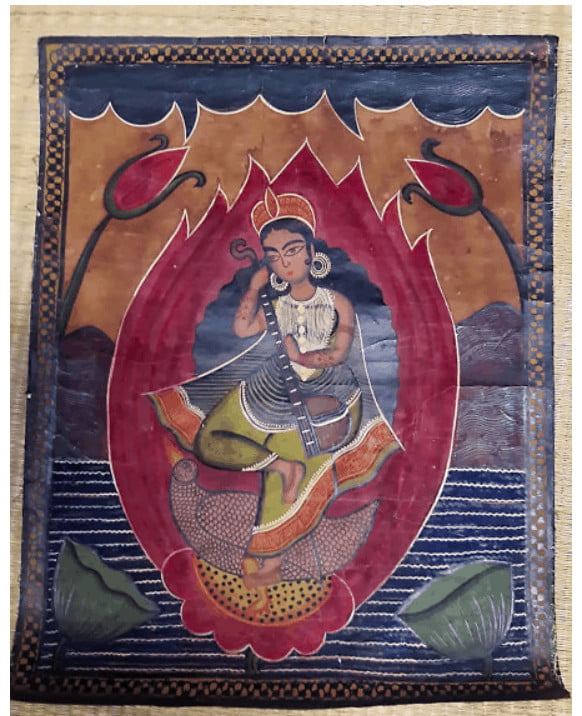
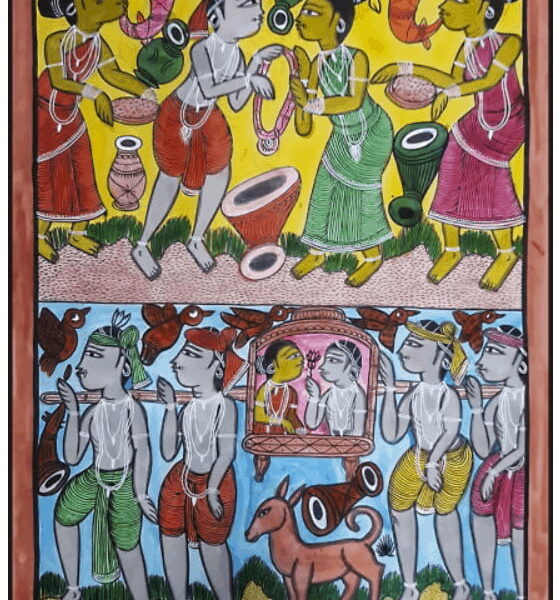

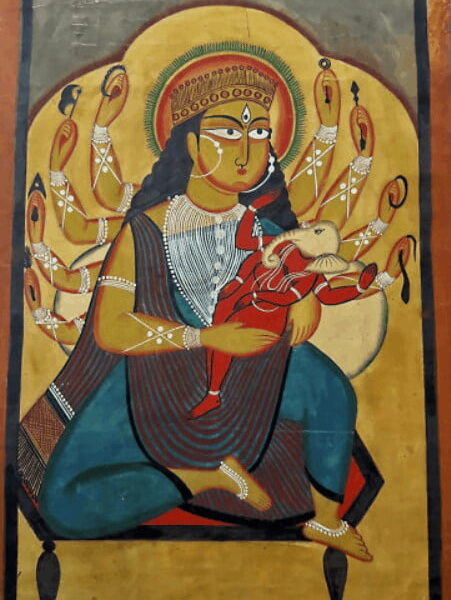
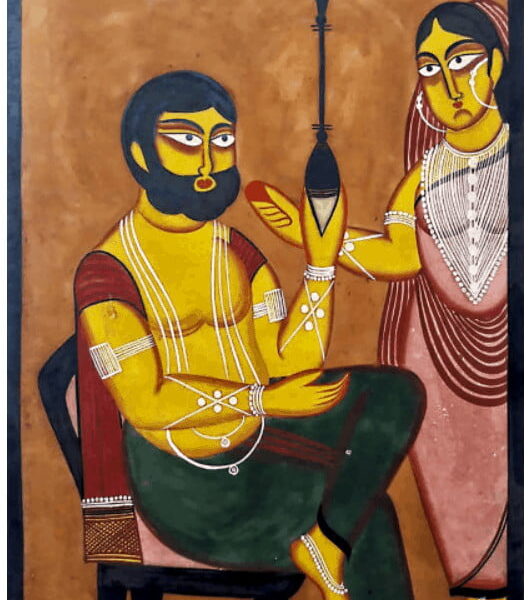

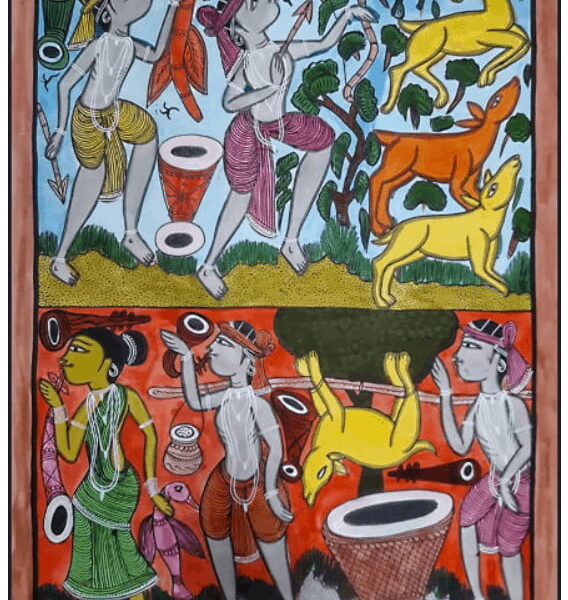

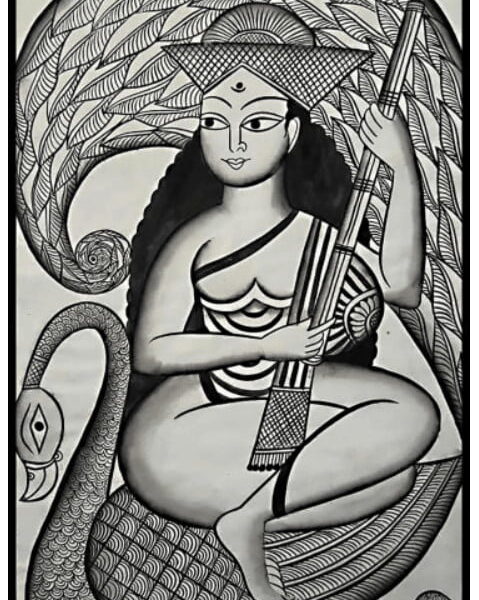



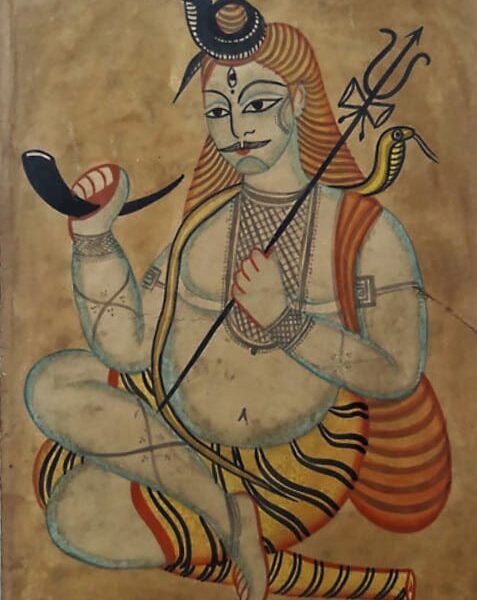

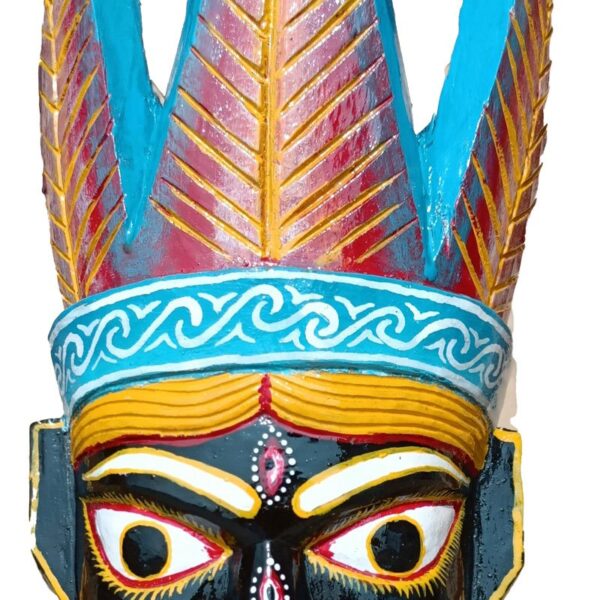
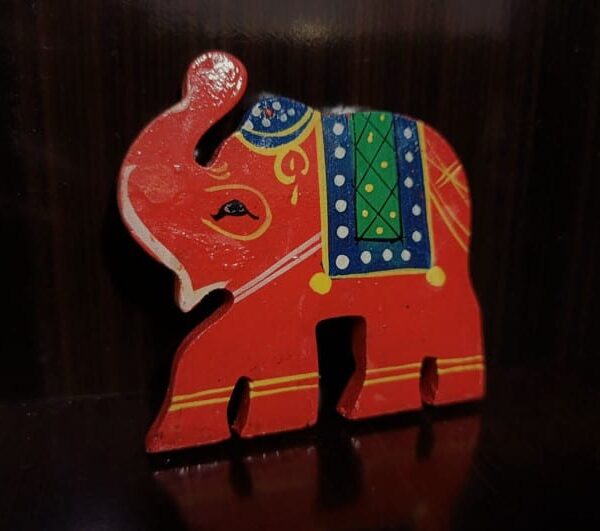
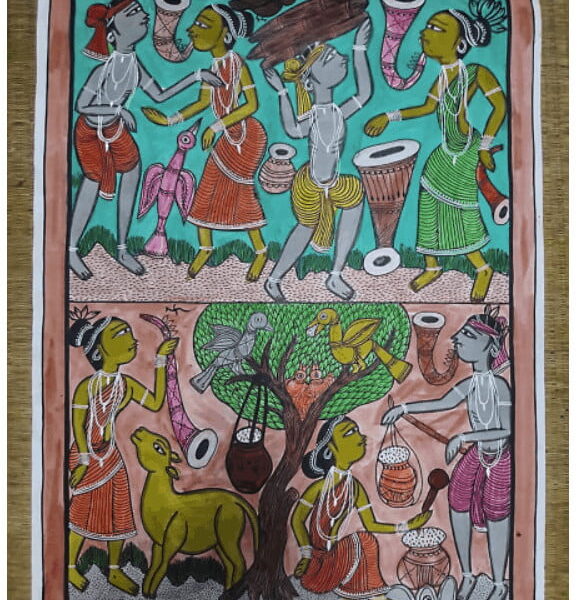
Reviews
There are no reviews yet.